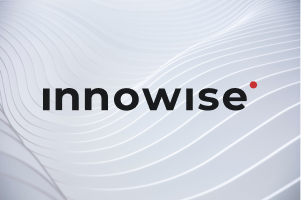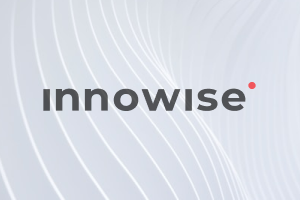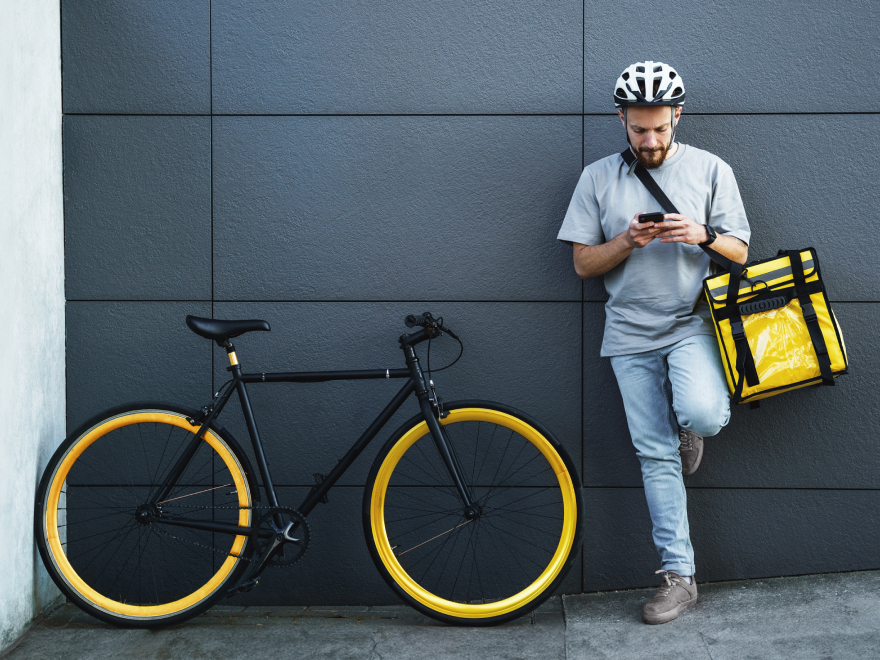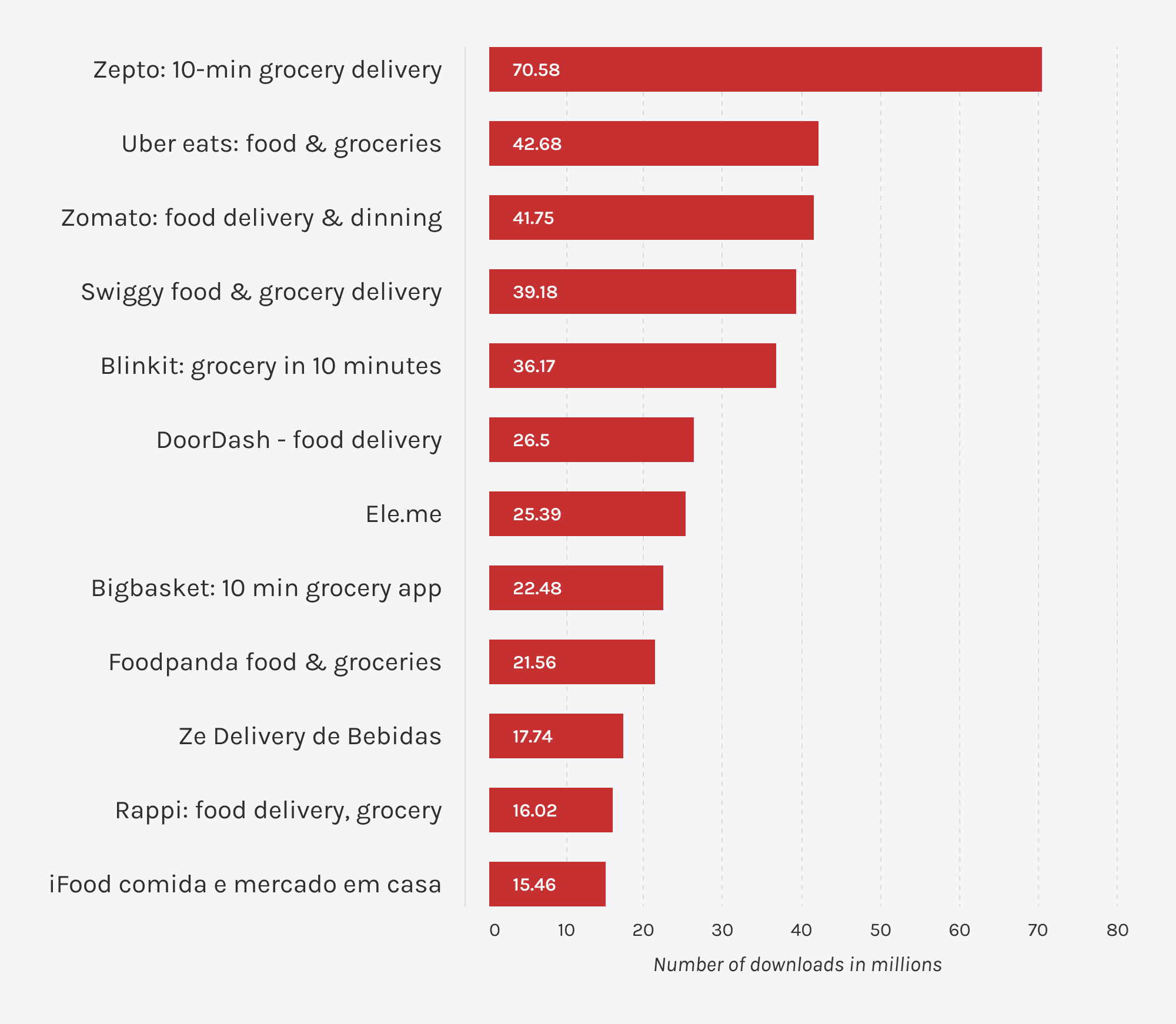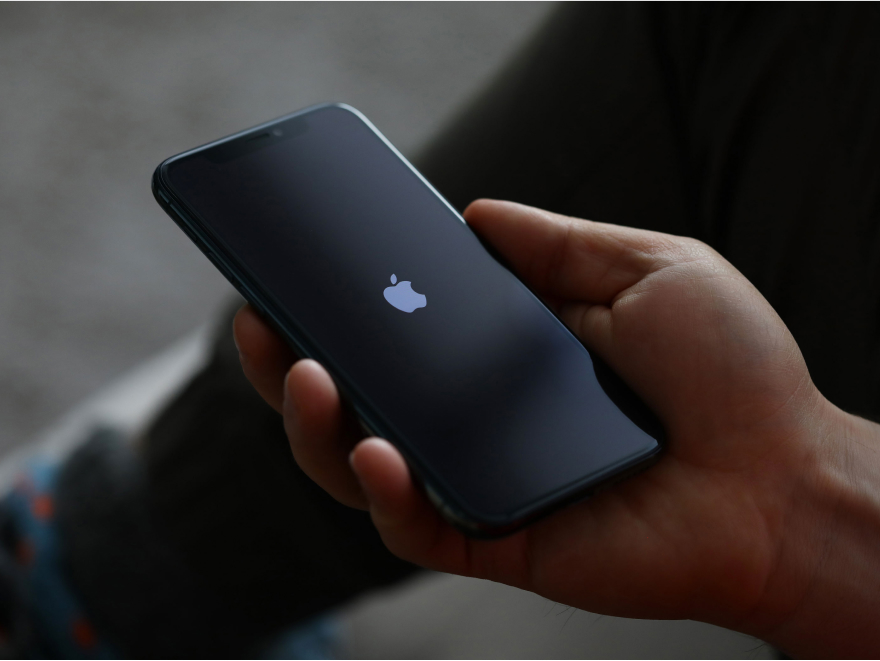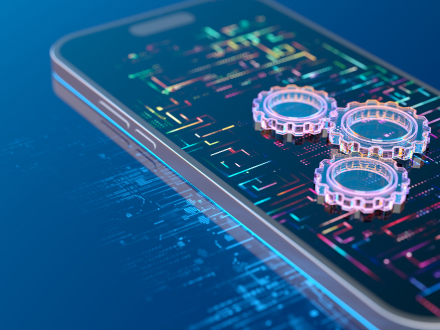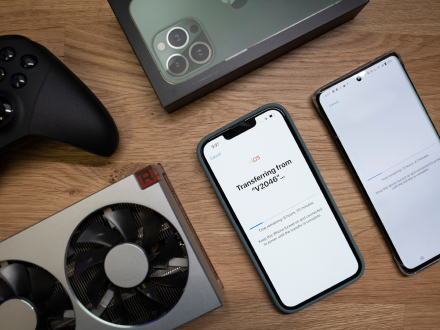Para el frontend, opte por frameworks que permitan el desarrollo multiplataforma o considere soluciones nativas si se dirige a plataformas específicas. La elección correcta dependerá de tus objetivos de experiencia de usuario y rendimiento. Frontend: React Nativo, Flutter, Swift (iOS), Kotlin (Android), .NET MAUI.
Al elegir tecnologías de backend, asegúrate de que pueden gestionar solicitudes en tiempo real y escalar a medida que crece tu aplicación. Opta por tecnologías conocidas por su eficiencia y rendimiento a la hora de gestionar grandes cantidades de datos o una elevada actividad de los usuarios. Backend: Node.js, Python, Go, C#.
En cuanto a las bases de datos, elige un sistema que pueda gestionar las necesidades de tus datos, ya sean relacionales, NoSQL o requieran sincronización en tiempo real. Base de datos: PostgreSQL (relacional), MongoDB (NoSQL), Firebase (sincronización en tiempo real).
Seleccione un proveedor que ofrezca servicios escalables, fiables y seguros para respaldar su aplicación a medida que crece. La infraestructura Cloud puede ayudar a que el funcionamiento sea fluido a medida que aumenta la demanda de los usuarios. Alojamiento Cloud: AWS, Google Cloud, Microsoft Azure.
Considere la posibilidad de utilizar servicios que proporcionen datos precisos y en tiempo real para seguimiento de entregas a la carta y mapas. Estos servicios serán esenciales para funciones como el seguimiento de entregas o las funcionalidades basadas en la geografía. Mapas y localización: API de Google Maps, Mapbox.
Para el procesamiento de pagos, elija plataformas fiables, seguras y ampliamente aceptadas que faciliten transacciones fluidas dentro de la aplicación. Procesamiento de pagos: Stripe, PayPal, Apple Pay, Google Pay.
¿Piensa en la integración de notificaciones push? Decídete por herramientas que garanticen mensajes puntuales, personalizados y no intrusivos. Notificaciones push: Mensajería Firebase Cloud, OneSignal.
Por último, para los análisis basados en IA, implante herramientas que ayuden a recopilar información, optimizar la experiencia del usuario y tomar decisiones basadas en datos para mejorar el rendimiento de la aplicación. Análisis basados en IA: TensorFlow, ML Kit, AWS SageMaker.
Para asegurarse de que las capacidades de escalado de su aplicación están diseñadas de forma óptima, evite un único proveedor externo o servicio en la nube específico para limitar la dependencia del proveedor, lo que mejorará la flexibilidad de escalado en el futuro. Utilizar la contenedorización con herramientas como Docker y Kubernetes ayuda a crear despliegues escalables y coherentes en distintos entornos. El uso de una estrategia API-first mejora las capacidades de integración con servicios o plataformas externos, por lo que su aplicación es capaz de cambiar, crecer y añadir nuevas funcionalidades sin grandes cambios en la arquitectura.
